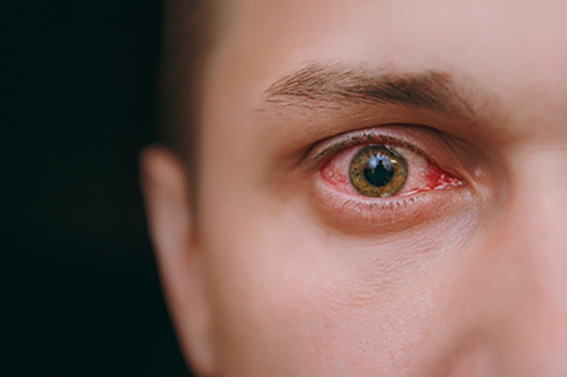At our practice, we often come across patients with ocular hyperaemia (red eye), discharge and discomfort. This is primarily managed with ocular lubricants, over-the-counter remedies and remedial eyelid hygiene. For patients who are not entitled to exemptions from NHS charges, we can prescribe ointments and eye drops via signed orders.
We find that the majority problems leading to red eyes are not from infections, but often allergic/seasonal conjunctivitis which would not benefit from anti-biotic medication.
It may be that your case requires urgent intervention and so we ensure to see red eye patients as soon as possible upon arrival to the practice. We find a brief appointment (15 minutes) is sufficient to make a diagnosis. As the examination is only of the external eye, a full eye examination or refraction is not normally required.
How is Dry Eye Syndrome Treated?
There is no absolute ‘cure’ for dry eye syndrome. However, most people can get significant relief from symptoms using a variety of treatments and measures.
Lid Margin Hygiene
If the underlying cause is blepharitis or lid margin disease, then treating this can often improve the ocular surface and reduce symptoms.
This can be done by simply applying a hot compress using hot tap water and a clean flannel to the eye each day, and then cleaning the lid margin with the water and the flannel. Some people recommend using chemicals such as baby shampoo and sodium bicarbonate, but more often than not, these can cause ocular surface irritation, and so at least initially, are best avoided.
Lubricants
Regular lubrication in the form of gels or drops can help keep the surface of the eyes wet, and thus reduce symptoms. Often, this is combined with lid margin hygiene.
There are a wide range of eye drops available – consult your optometrist, GP or ophthalmologist for advice on which to use.
For a full dry eye and red eye assessment book an appointment at ARKA Sight Care today.
What Causes Dry Eye Syndrome?

